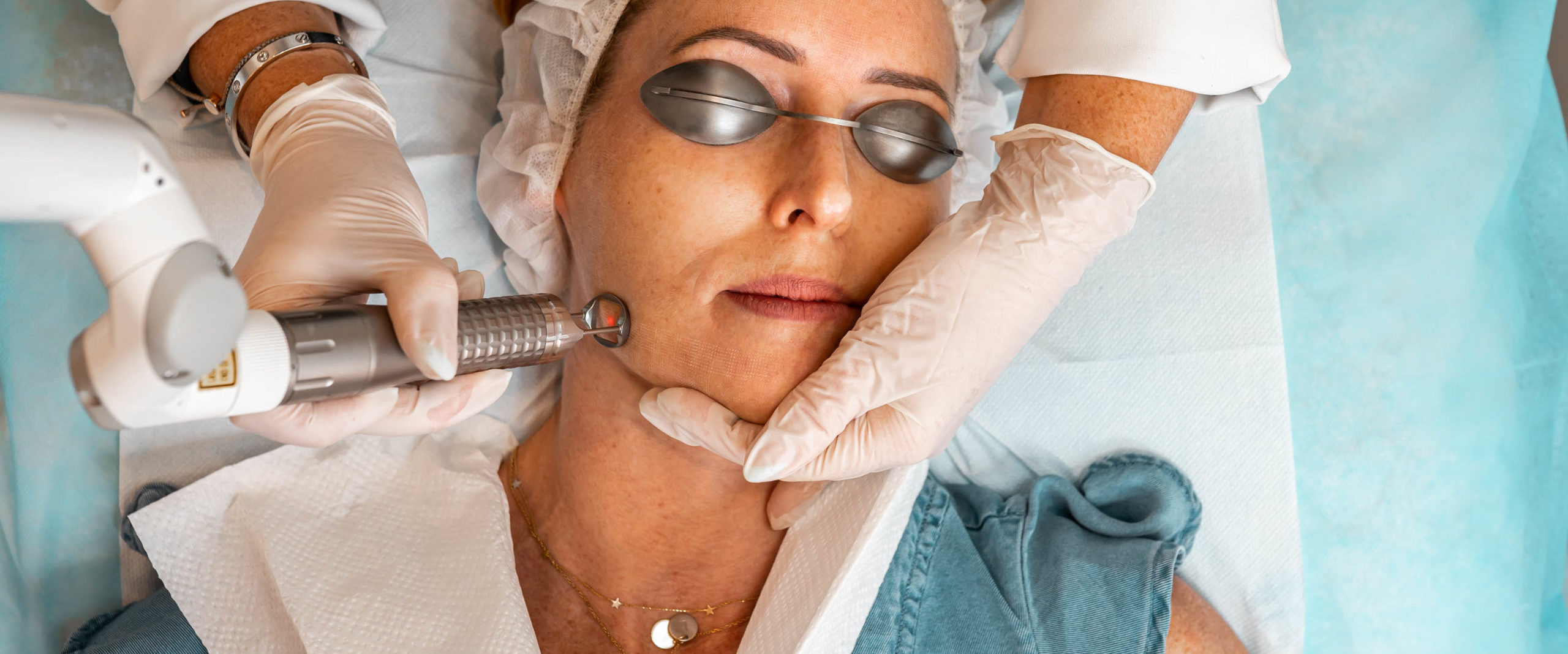Melasma is a common skin disorder resulting from a dysfunction in human melanogenesis. The disorder causes localized skin hyperpigmentation and can be a source of psychosocial distress for patients. Laser treatment is a popular option for treating melasma. Melasma laser treatments are noninvasive and do not cause trauma or inflammation to the skin, which can worsen the condition. In this article, we will talk about different laser treatments for melasma.
Fraxel:
The Fraxel laser is safe and effective in treating melasma. In clinical trials, it effectively reduces the size and pigmentation of melasma. The wavelength of the Fraxel laser is 1550 nm. Patients can undergo four treatment sessions. Typically, the laser will use 10 to 15 mJ per treatment session.
Q-switched ruby:
The use of a Q-switched ruby laser for treating melanomas is relatively new. Studies that have used the laser to treat melanomas have shown mixed results. They are limited by the number of patients and often describe the effects of different techniques. This study aimed to compare the effects of a Q-switched ruby laser and the use of a normal-mode ruby laser on melanomas in children. In this study, 14 children with facial naevi were treated under general anesthesia with a Q-switched ruby and normal mode laser.
Although a Q-switched ruby laser is not the only treatment available for melanomas, it does offer a highly effective treatment for this disease. Its high fences and large spot size allow it to penetrate deeper layers of the naevus, resulting in thermal damage to the melanocytic nests.
Low fluence QS:
A low-fluence QS laser is an option for the treatment of melasma. The treatment is effective against epidermal and dermal melasma. Patients should use adequate sun protection during the treatment, such as SPF 30 or higher. Hydroquinone should also be used after the treatment.
Erbium: YAG:
The Erbium: YAG laser has been proven effective for various skin conditions, including melanomas. It removes the outermost layers of skin, which helps stimulate the growth of new, healthier skin. It has also been found effective for acne scars, large pores, pigmentation, and skin rejuvenation. However, it is more aggressive than CO2 lasers and requires multiple sessions to achieve its full potential.
